Drone mapping at scale: capturing, processing, and distributing aerial imagery in Virunga National Park
13 December 2023 5:31pm
Watch now - The State of Conservation Technology: 3 Year Trends
13 December 2023 5:25pm
Thomas D Sisk Graduate Fellowship
13 December 2023 9:36am
MS-CC Program Manager, Collaboratory in Climate Science
13 December 2023 9:16am
Data Viz Inspo December 20th
12 December 2023 12:03pm
Project support officer - Conservation Tech
11 December 2023 10:24pm
Data Viz Inspo for the Holidays
11 December 2023 8:42pm
WILDLABS.net Scheduled Website Maintenance
Head of Partnerships
Is anyone or platform supporting ML for camera trap video processing (id-ing jaguar)?
27 November 2023 10:49am
7 December 2023 2:31pm
Is this from camera trap images? Videos? Wildlife Insights is great! It uses Megadetector as a first pass to filter out empty images (those without animals), which you can also just use on its own. If you want to do individual re-ID, you can use Wildme. And as I mentioned previously in the comments, Zamba Cloud can work with videos. Conservation AI is another player in the game as well.
11 December 2023 1:38pm
Also, take a look at TrapTagger. It has integration with WildMe.
Project introductions and updates
2 August 2022 11:21am
29 March 2023 6:05pm
Hi all! I'm part of a Pollinator Monitoring Program at California State University, San Marcos which was started by a colleague lecturer of mine who was interested in learning more about the efficacy of pollinator gardens. It grew to include comparing local natural habitat of the Coastal Sage Scrub and I was initially brought on board to assist with data analysis, data management, etc. We then pivoted to the idea of using camera traps and AI for insect detection in place of the in-person monitoring approach (for increasing data and adding a cool tech angle to the effort, given it is of interest to local community partners that have pollinator gardens).
The group heavily involves students as researchers, and they are instrumental to the projects. We have settled on a combination of video footage and development of deep neural networks using the cloud-hosted video track detection tool, VIAME (developed by Kitware for NOAA Fisheries originally for fish track detection). Students built our first two PICTs (low-cost camera traps), and annotated the data from our pilot study that we are currently starting the process of network development for. Here's a cool pic of the easy-to-use interface that students use when annotating data:
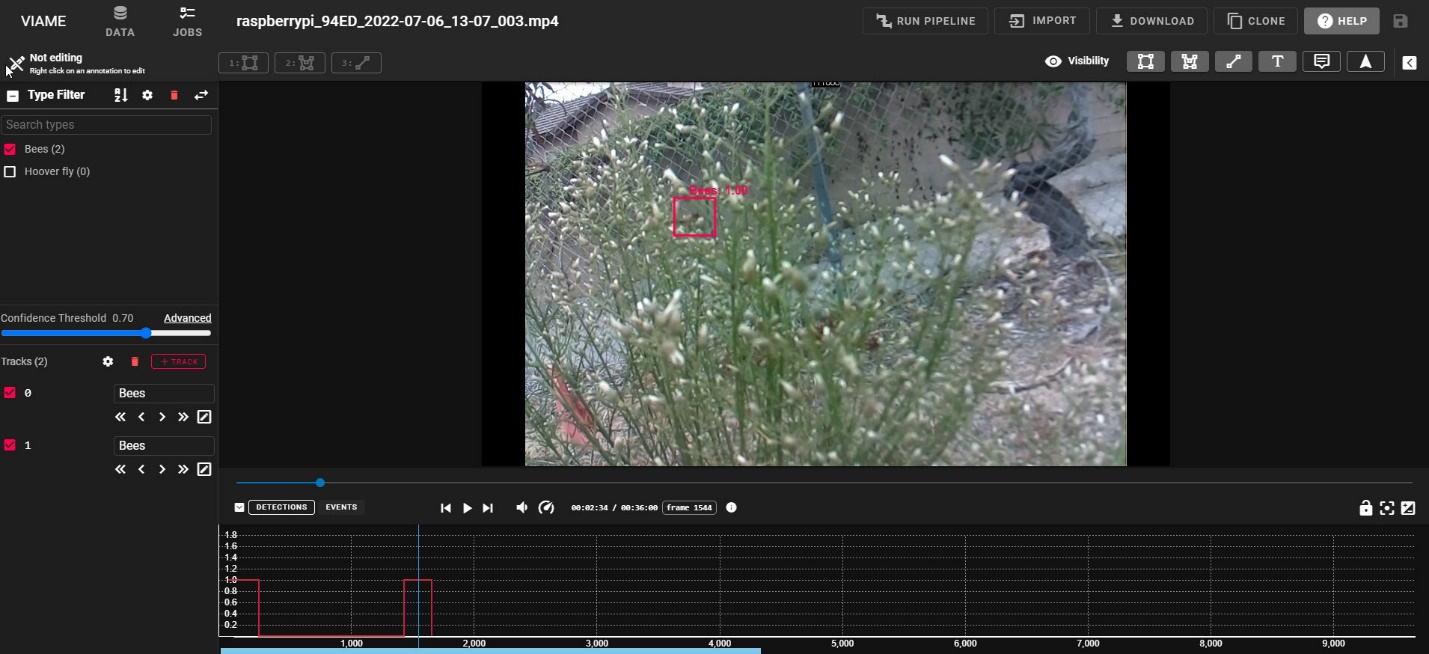
Figure 1: VIAME software demonstrating annotation of the track of an insect in the video (red box). Annotations are done manually to develop a neural network for the automated processing.
The goal of the group's camera trap team is develop a neural network that can track insect pollinators associated with a wide variety of plants, and to use this information to collect large datasets to better understand the pollinator occurrence and activities with local habitats. This ultimately relates to native habitat health and can be used for long-term tracking of changes in the ecosystem, with the idea that knowledge of pollinators may inform resources and conservation managers, as well as local organizations in their land use practices. We ultimately are interested in working with the Kitware folks further to not only develop a robust network (and share broadly of course!), but also to customize the data extraction from automated tracks to include automated species/species group identification and information on interaction rate by those pollinators. We would love any suggestions for appropriate proposals to apply to, as well as any information/suggestions regarding the PICT camera or suggestions on methods. We are looking to include night time data collection at some point as well and are aware the near infrared is advised, but would appreciate any thoughts/advice on that avenue as well.
We will of course post when we have more results and look forward to hearing more about all the interesting projects happening in this space!
Cheers,
Liz Ferguson
5 April 2023 10:00pm
HI, indeed as Tom mentioned, I am working here in Vermont on moth monitoring using machines with Tom and others. We have a network going from here into Canada with others. Would love to catch up with you soon. I am away until late April, but would love to connect after that!
10 December 2023 5:10pm
The preprint to our camera trap paper is now available at bioRxiv.
Saola Detection Canine in Laos; an interview with the training partners
10 December 2023 3:29pm
YouTube link to interview regarding the Saola Detection Canine project in Laos
Scent Detectives: Extraordinary Partners in the Quest to Find Saola in the Wild of Laos
10 December 2023 3:25pm
Autonomizing Small Mammal Traps
29 November 2023 6:26pm
1 December 2023 7:37pm
One thing to keep in mind is that researchers often want or at least would like to get certain metadata on the tagged animals like sex, size, weight, apperent fitness etc. Without these the questions you can ask can get rather limited. Also, it will also often be highly desired to take samples like blood, hair, other tissue e.g.
In addition, there can be cases where it may be better not to tag the animal if it is not the right age group, is too small to carry the tag, seems like it is not in a good shape etc.
I think it will take quite an effort to get automated systems (capture robots) to make these decisions to a degree you can trust.
Cheers,
Lars
9 December 2023 9:01pm
Thanks for the reply, Lars! I appreciate the input I am genuinely curious if there is a market for such a thing, all data is good data.
10 December 2023 2:30am
I always thought a tracker that attached like a slap bracelet would be sweet.
Trailguard AI cameras used for reducing human-wildlife conflict in India
9 December 2023 10:56pm
Holistic, Ethical & Community-led Human-Wildlife Conflict Solutions with Gabriela Fleury
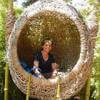 Gabriela Fleury
Gabriela Fleury
8 December 2023 1:38pm
How to Choose a Biologger - Collaring Koalas with Matthew Stanton
7 December 2023 12:00pm
12 December 2023 5:22pm
13 December 2023 10:06pm
Mechatronics Engineer in Wildlife Conservation
6 December 2023 8:17pm
Automatic extraction of temperature/moon phase from camera trap video
29 November 2023 1:15pm
1 December 2023 2:35pm
Hi Lucy
As others have mentioned, camera trap temperature readouts are inaccurate, and you have the additional problem that the camera's temperature can rise 10C if the sun shines on it.
I would also agree with the suggestion of getting the moon phase data off the internet.
1 December 2023 2:38pm
Do you need to do this for just one project? And do you use the same camera make/model for every deployment? Or at least a finite number of camera makes/models? If the number of camera makes/models you need to worry about is finite, even if it's large, I wouldn't try to solve this for the general case, I would just hard-code the pixel ranges where the temperature/moon information appears in each camera model, so you can crop out the relevant pixels without any fancy processing. From there it won't be trivial, exactly, but you won't need AI.
You may need separate pixel ranges for night/day images for each camera; I've seen cameras that capture video with different aspect ratios at night/day (or, more specifically, different aspect ratios for with-flash and no-flash images). If you need to determine whether an image is grayscale/color (i.e., flash/no-flash), I have a simple heuristic function for this that works pretty well.
Assuming you can manually define the relevant pixel ranges, which should just take a few minutes if it's less than a few dozen camera models, I would extract the first frame of each video to an image, then crop out the temperature/moon pixels.
Once you've cropped out the temperature/moon information, for the temperature, I would recommend using PyTesseract (an OCR library) to read the characters. For the moon information... I would either have a small library of images for all the possible moon phases for each model, and match new images against those, or maybe - depending on the exact style they use - you could just, e.g., count the total number of white/dark pixels in that cropped moon image, and have a table that maps "percentage of white pixels" to a moon phase. For all the cameras I've seen with a moon phase icon, this would work fine, and would be less work than a template matching approach.
FYI I recently wrote a function to do datetime extraction from camera trap images (it would work for video frames too), but there I was trying to handle the general case where I couldn't hard-code a pixel range. That task was both easier and harder than what you're doing here: harder because I was trying to make it work for future, unknown cameras, but easier because datetimes are relatively predictable strings, so you know when you find one, compared to, e.g., moon phase icons.
In fact maybe - as others have suggested - extracting the moon phase from pixels is unnecessary if you can extract datetimes (either from pixels or from metadata, if your metadata is reliable).
5 December 2023 10:09pm
camtrapR has a function that does what you want. i have not used it myself but it seems straightforward to use and it can run across directories of images:
https://jniedballa.github.io/camtrapR/reference/OCRdataFields.html
Two-year postdoc in AI and remote sensing for citizen-science pollinator monitoring
4 December 2023 12:21pm
Shark BRUV annotated data needed! ML for automatic BRUV postprocessing
4 December 2023 11:55am
Query regarding Biologgers for Freshwater crabs
16 November 2023 4:45am
18 November 2023 10:37pm
My pleasure @Abinesh and if you have any more questions etc., don't hesitate to ask. This is a great community with plenty of smart cookies that can help and also me if I am able!
All the best for your research.
Rob
1 December 2023 8:54pm
Star-Oddi in Iceland comes to mind, but I'm not 100% sure.
3 December 2023 2:43am
Thank you Thomas, you are absolutely right but when I Mailed them, I didn't get a response about the price , shipment and so on! Thus I arrived to find some loggers in India itself
eDNA Collaborative Microgrants Program!
2 December 2023 8:51pm
This round of microgrants will be awarded in collaboration with miniPCR bio, and each microgrant award will consist of a mini16x thermal cycler, a blueGel electrophoresis system with USB power adaptor, one pipette, and a field carrying case.
Data integration platforms
28 March 2019 9:27am
20 November 2023 8:19pm
Hey Chris - you haven't missed Variety Hour! It's this week!
1 December 2023 8:56pm
Argos has an API
Iridium data either arrives via email/server IP
Globalstar (unknown)
If you'd like the web services document for Argos, shoot me an email (tgray at woodsholegroup - dotcom).
1 December 2023 8:56pm
(duplicate)
Alternative trackers for study of grey parrots movement patterns
3 November 2023 7:31pm
24 November 2023 9:18am
Hi Thomas thank you for your recommendation.
Yeah getting an appropriate tag for the parrots has really been challenging
24 November 2023 9:20am
Hi Rob,
thank you for the recommendations. I will checkout both options and choose the one which will be well suited for my zone of studies.
Warm Regards, Benedicta
1 December 2023 8:10pm
Hi Ninying,
One benefit of the Pinpoint tags is that they are user-rechargeable, something pretty much unheard of for satellite tags for decades! If you can recover the tags, you might be able to achieve a larger samples size with fewer tags (less $$) by redeploying the recovered tags - without the costs of having the manufacturer refurbish them.
cheers,
Kyler
Remote weather stations
21 March 2018 7:48pm
28 November 2023 2:29pm
While pretty expensive, everyone I know has had good experiences with the HOBO weather stations and can be customizable if needed. Would still be my rec if you need something ASAP
30 November 2023 1:30am
Hi Carly, thanks for this. I forgot to mention HOBO in my original post, but I had them down as the main available option. Think it might have to be them, I'll have to check for $ down the back of the sofa...
1 December 2023 4:55pm
I came across this which looks like it might work for you.
Others have mentioned Davis. I used the Davis vantage pro2 in a previous life, and the cabled version was about USD200 IIRC. However, it must operate with a display console, which can take an optional data logger, but the console is intended to be kept indoors. This means providing a weatherproof enclosure for it in the forest, in addition to a mast for the anemometer etc.
My Experience and Takeaways at the 1st WildlifeScientific Conference
1 December 2023 4:42pm
Taking on the conservation Strides
1 December 2023 4:18pm
Conservation of Kikuyu Escarpment Forest
1 December 2023 12:38pm
WILDLABS Awards 2024: Supporting accessible, affordable, and effective innovation for nature
1 December 2023 11:00am










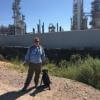




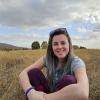







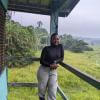
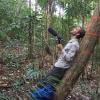


7 December 2023 12:42pm
Hey there community! Im new here and looking after lots of answers too! ;-)
We are searching aswell for the most ideal App / AI technology to ID different cats, but also other mammals if possible
- Panthera onca
- Leopardus wiedii
- Leopardus pardalis
and if possible:
- Puma concolor
- Puma yagouaroundi
- Leopardus colocolo
- Tapirus terrestris
Every recommendation is very welcome, thanks!
Sam